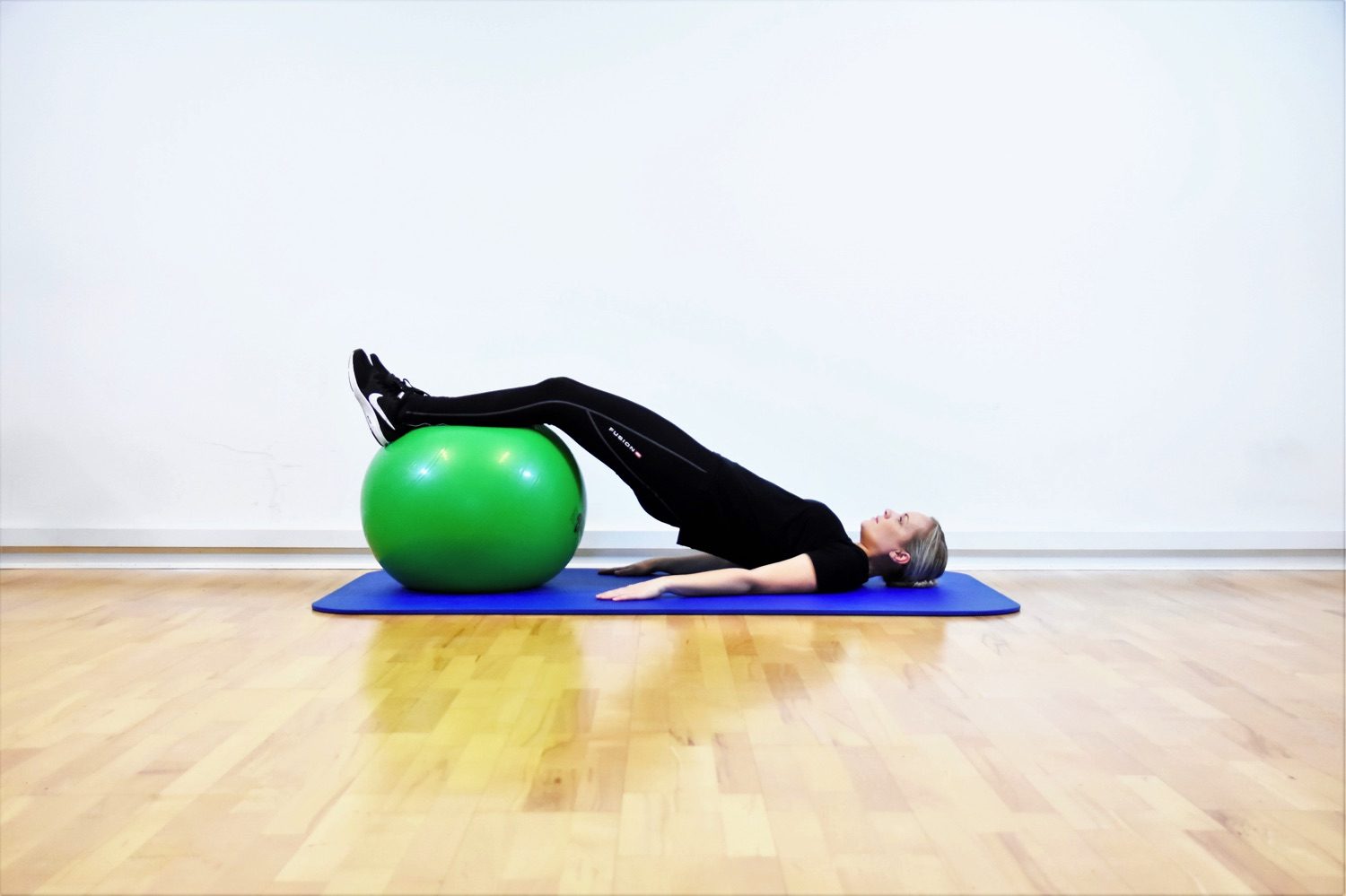Background
GLA:D® BACK is a treatment option for patients with persistent or recurrent low back pain that affects everyday life. The program was developed by researchers and clinicians at the University of Southern Denmark (SDU).
The program follows the Danish National Board of Health’s clinical guideline recommendations for the treatment of patients with back pain and is based on principles of self-management similar to GLA:D® for patients with knee and hip pain.
GLA:D® BACK consists of:
- EDUCATION of chiropractors and physiotherapists in running GLA:D® BACK courses for patients.
- TREATMENT PROGRAM consisting of education and a structured exercise program
- REGISTRATION of patient data in the GLA:D® registry
The purpose of GLA:D® BACK is to help patients manage their back pain better themselves through a well-described and structured course of treatment. SDU therefore teaches physiotherapists and chiropractors to offer patient education and exercise based on the best evidence. Registrations in a clinical registry ensure that the results are documented and that, together, we create new knowledge about back pain, so that GLA:D® BACK can be continuously improved.
Patient education and supervised exercise for patients with persistent back pain are recommended as first-line interventions in Danish and international guidelines based on expert reviews of hundreds of randomized controlled trials. Patient education and exercise have positive effects on back problems and little risk of harms. At the same time, education and exercise have been shown to prevent new episodes of back pain. Evidence and theories behind GLA:D® BACK have been published BioMed Central (BMC) Musculoskeletal Disorders.
GLAD BACK Development, Theories and Scientific Evidence
The program is designed for patients with persistent and/or recurrent back pain that negatively affects their everyday life and function. The patient and the therapist jointly decide whether GLA:D® BACK is relevant. As with any other treatment, the decision about patient participation in a GLA:D® BACK course is based on a clinical assessment and patient preference.
Implementation of the GLA:D® BACK Program
By august 2019 at total of 617 clinicians were educated in delivering GLA:D® BACK. Of these were 90 % are physiotherapists and 10% are chiropractors. Spread across the whole of Denmark were 172 units (clinics or municipalities delivering the program to patients with low back pain). The mean age of the clinicians was 40 year and two third were female. In total 1,811 patients had been enrolled in the program and registered data.
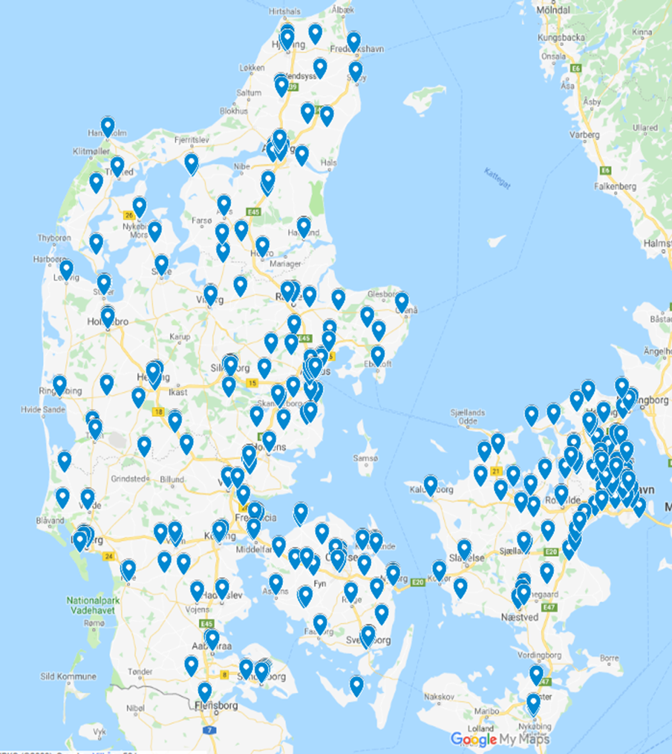
Gallery
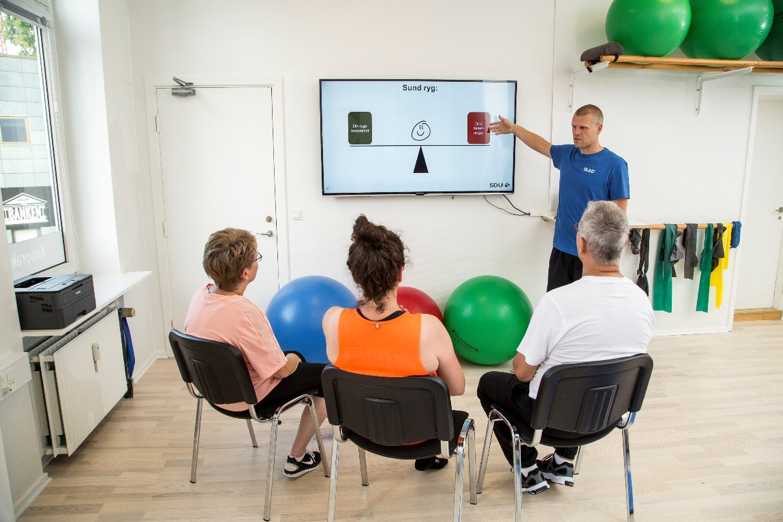
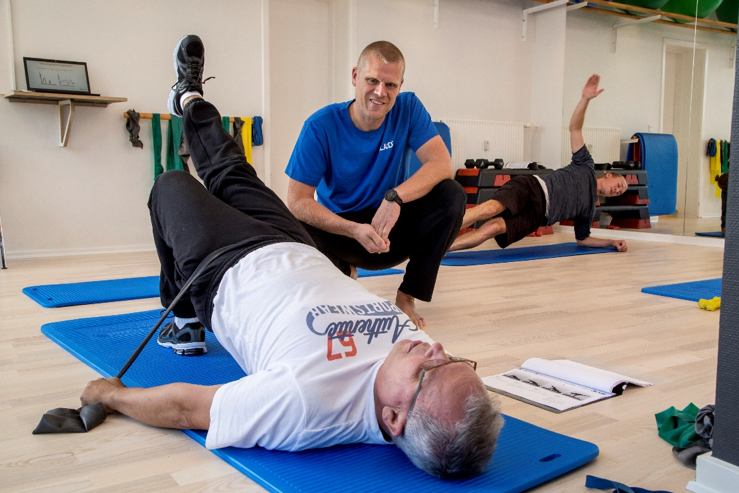
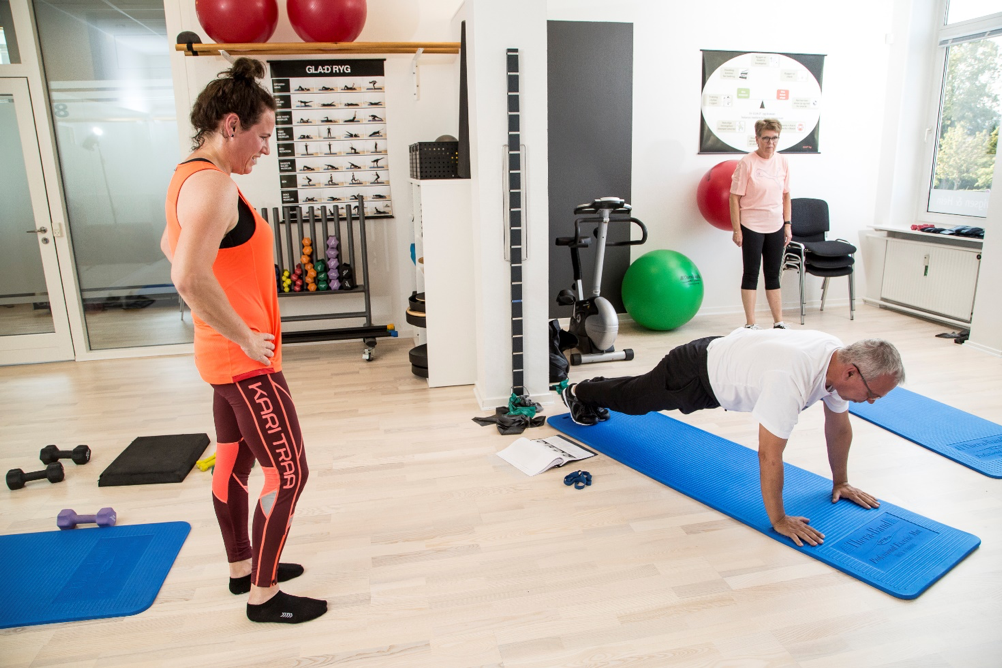
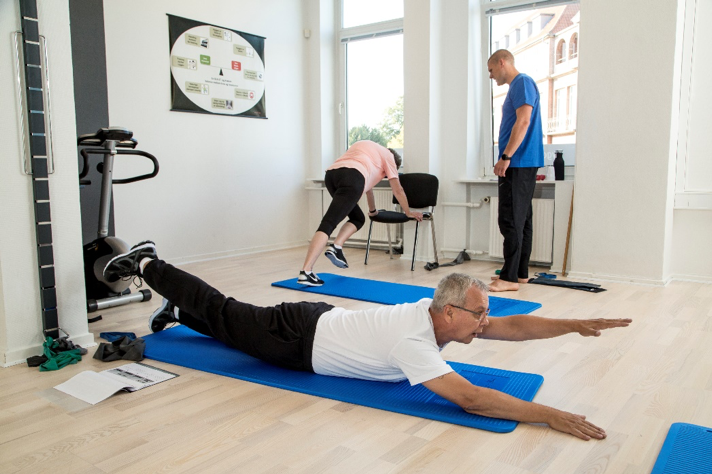
Frequently Asked Questions
There are many good treatment options for patients with back pain in Denmark. However, no other programs are as well-described as GLA:D® BACK, and no other program provides systematic registration of outcomes in a clinical registry.
Yes, the results of the pilot study that took place in 2017 are published in the journal BioMed Central (BMC) Pilot & Feasibility Studies. The ongoing results are documented and made publicly available in newsletters, annual reports and scientific articles.
GLA:D® is a registered trademark of SDU. The use of the GLA:D® BACK or GLA:D® Knee / Hip trademark requires that the therapist:
- Has completed the course at SDU
- Provides the intervention as described
- Records data in the clinical registry. Over time, we expect that therapists will be required to be periodically be re-certified in order to continue offering GLA:D® BACK
Yes, they should. GLA:D® BACK and GLA:D® Knee / Hip may have the same overall structure, but the content is different.
Yes, a comprehensive research program is linked to GLA:D® BACK. The program is described and published in BMC Musculoskeletal Disorders. There is also an overview of the information and efficacy goals recorded in the clinical register.
Scientific publications can be found at www.gladryg.sdu.dk
At present, a stratification tool is not used in selecting the target group, as it is still unclear how treatment choices are best guided in the patient group seeking care from a physiotherapist / chiropractor. GLA:D® BACK has a dedicated clinical registry, which will be used to explore how to better help particular patient groups. The registry includes, among other things, the ‘START Back Tool’, which is designed to assess whether a patient needs minimal or more comprehensive treatment. Currently, it is up to the individual clinician whether tools such as this should be included as part of their assessment of whether GLA:D® BACK is relevant.
GLA:D® stands for “Good Life with osteoArthritis in Denmark”. This is because it was originally a program for patients with osteoarthritis of the knees and hips. GLA:D® includes: 1) patient education and training, 2) courses for licensed clinicians to provide this, and 3) a clinical registry that monitors how participants are progressing. It is these elements, which are also basic elements of GLA:D® BACK, that define the GLA:D® concept, which are not only aimed at osteoarthritis and may be beneficial for a range of patients.
No, definitely not. Patients with long-term and recurrent back pain are a diverse group with different conditions and different needs. GLA:D® BACK can and must therefore be adapted to the individual patient’s capacity and needs.
It is quite natural and common for researchers to develop interventions and to be involved in subsequent research of these. Therefore, GLA:D® BACK has established an affiliation with an independent ‘Data Safety Monitoring Board’, which is constantly kept informed and has access to data on patient inclusion and drop-out, patient benefit measured by satisfaction, pain and function, and any unintended events that have occurred in connection with GLA:D® BACK. In addition, there are also researchers who have not been involved in developing the program who conduct research into GLA:D® BACK. None of the researchers involved have personal financial interests in GLA:D® BACK. All potential conflicts of interest are detailed in the protocol article for GLA:D® BACK in the journal BMC Pilot & Feasibility Studies.

